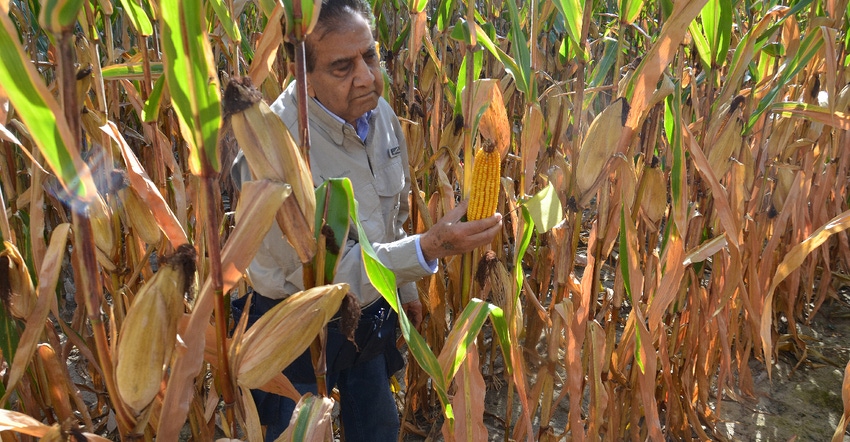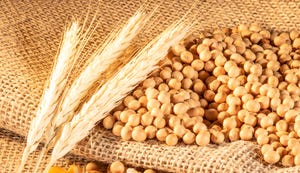
The list of lessons learned from the Corn Watch project this year is longer than ever before. Dave Nanda came up with nearly three dozen lessons from observing the Corn Watch ’20 field.
Often, you learn and remember the most when things go wrong rather than right, says Nanda, director of genetics for Seed Genetics Direct. Nanda is the consulting agronomist for Corn Watch ’20, sponsored by Seed Genetics Direct. The project focuses on one field and uses observations of that crop to help growers make applications to their own farm.
Despite ups and downs all season — largely related to the environment — when the final yield was tallied, it was impressive. The 37-acre field averaged just over 221 bushels per acre of dry corn.
Disadvantages
The crop faced various challenges:
Soil types. Most of the field consists of gently rolling soils, with a fair amount of Crosby and Miami soils, and a smaller amount of bottom land soil. The predominant soils are only average in organic matter, Nanda notes, and lend themselves to compacting easily.
Big rain after planting. The field was planted late on May 13, at the beginning of what turned out to be the worst four- to five-day stretch to plant in the area where the field is located. “They had too much rain at times in May, with a big rain right after planting,” Nanda says. The heavy rain after planting caused some rows on slopes to fill with soil, and compacted other areas.
Some replanting. The farmer spotted in some areas and replanted a few spots where the stand was thin. “It’s difficult to know what’s the right thing to do in those situations,” Nanda says. “Fortunately, he didn’t have to spot in too many areas. Some corn can end up too thick when you spot more seed in.”
Trees and wildlife. The east side of the field was bordered by a wooded area. Trees shaded corn in the morning, and their roots zapped moisture. 2020 also turned out to be a big year for wildlife damage.
Advantages
Here’s the “plus side,” which enabled the crop to still produce a solid yield:
Strong hybrids. The farmer planted a 114-day hybrid on one side of the planter and a 109-day hybrid on the other. Both wound up being strong yielders, although both varied considerably in characteristics, including ear height. The 114-day hybrid averaged 15 bushels per acre better than the 109-day hybrid.
Even emergence. Except for rows along the trees and in a few other spots where soil washed in over rows, corn tended to emerge evenly for both hybrids. In rows in emergence plots, where daily emergence was tracked and flagged, except for rows that silted in, roughly 95% or more of all seedlings emerged within the first 24 to 48 hours.
Adequate nutrition. There were no signs of nutrient deficiencies until right at black layer. Tissue samples were pulled three different times in the field, courtesy of Ceres Solutions, and while nutrient levels varied, major nutrients, including nitrogen, were generally present in adequate amounts.
Disease control. An aggressive gray leaf spot invasion just after tasseling and silking was thwarted. Careful scouting and quick action by the grower resulted in an effective fungicide application, which appeared to stop the disease in its tracks. This proved that regular scouting and timely application of foliar fungicides works.
About the Author(s)
You May Also Like




